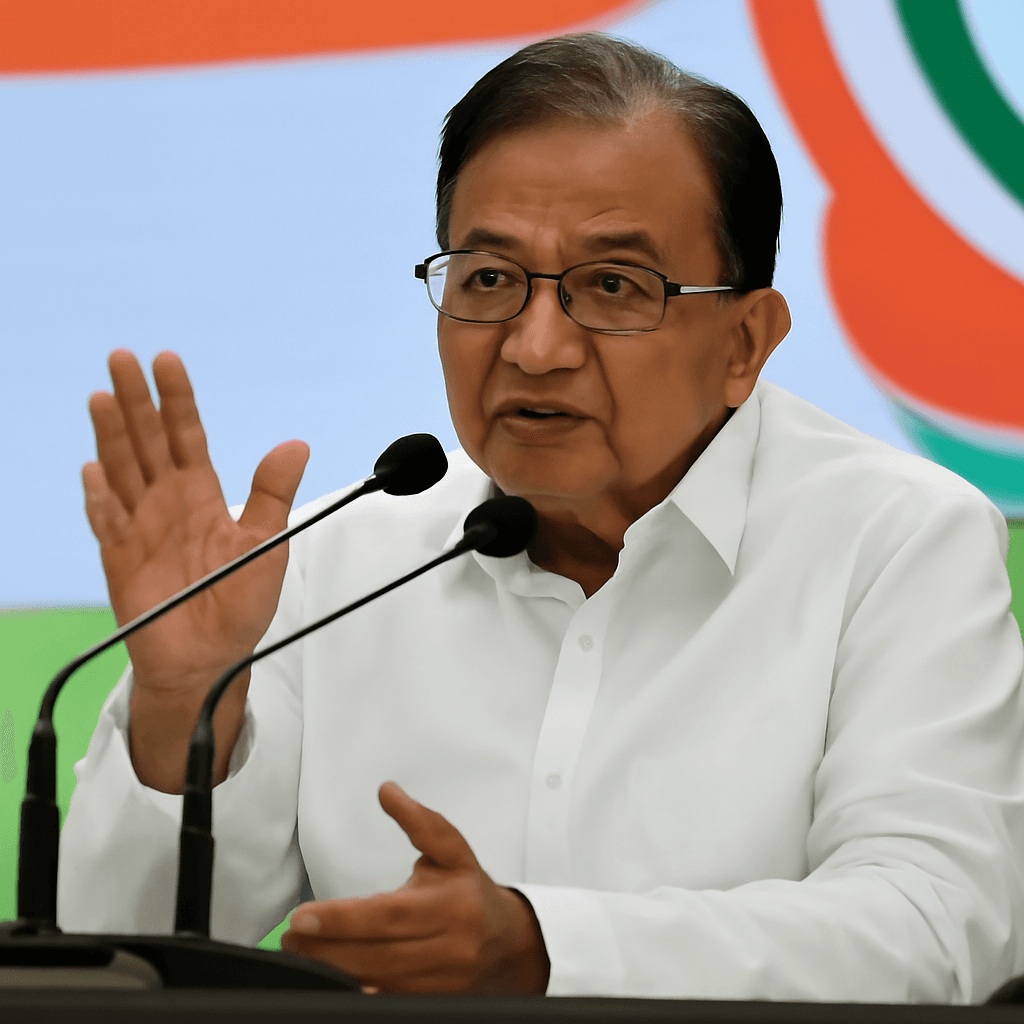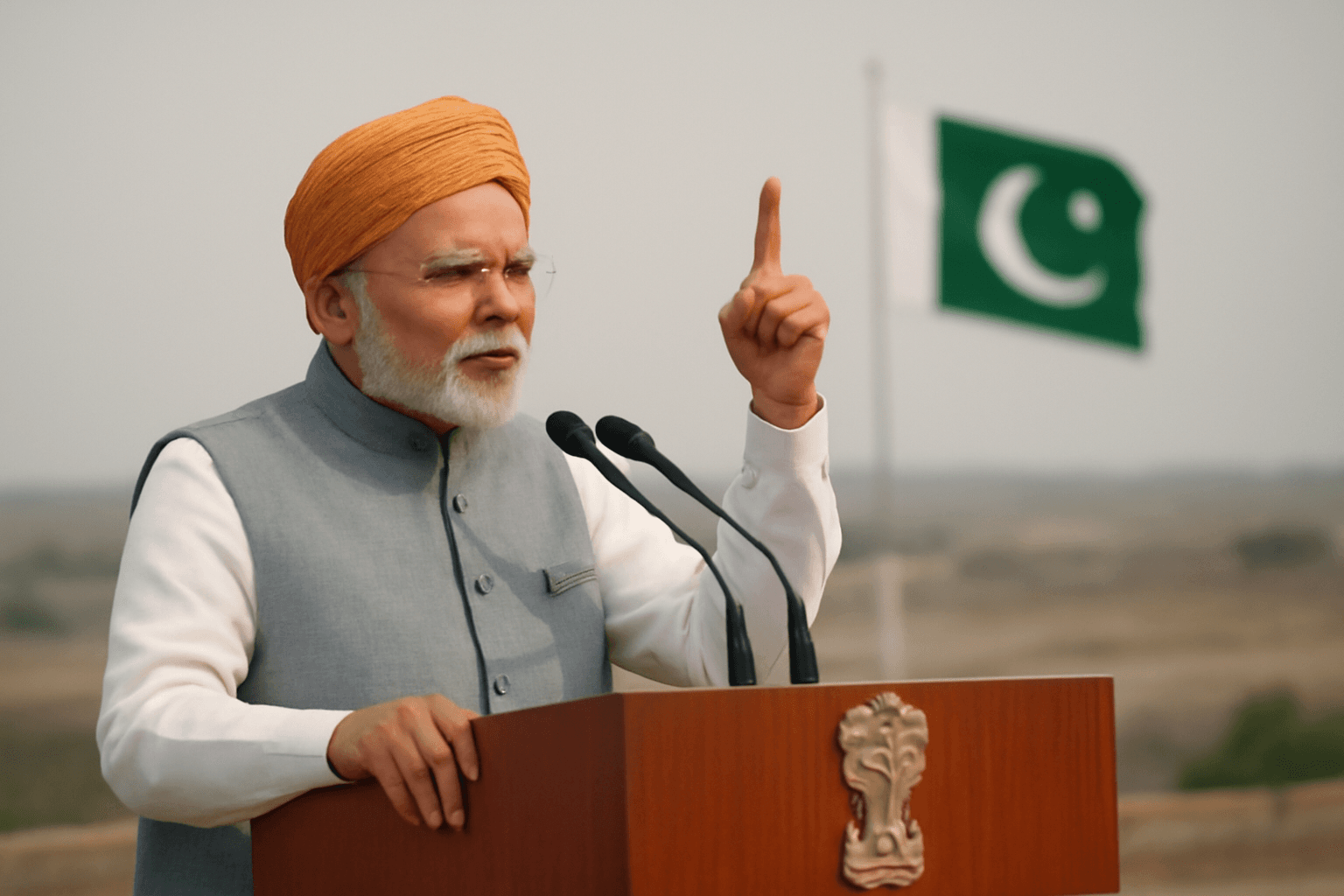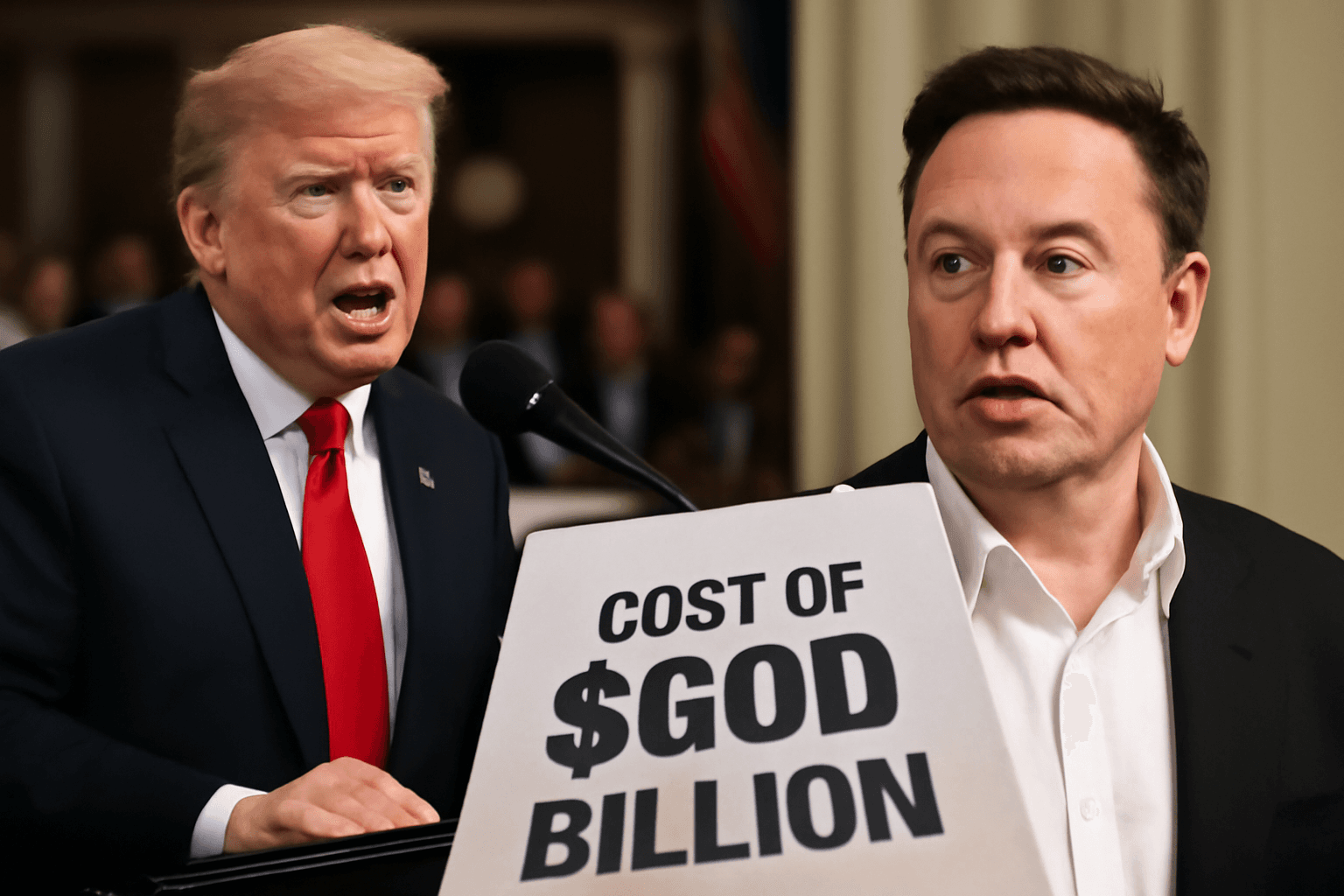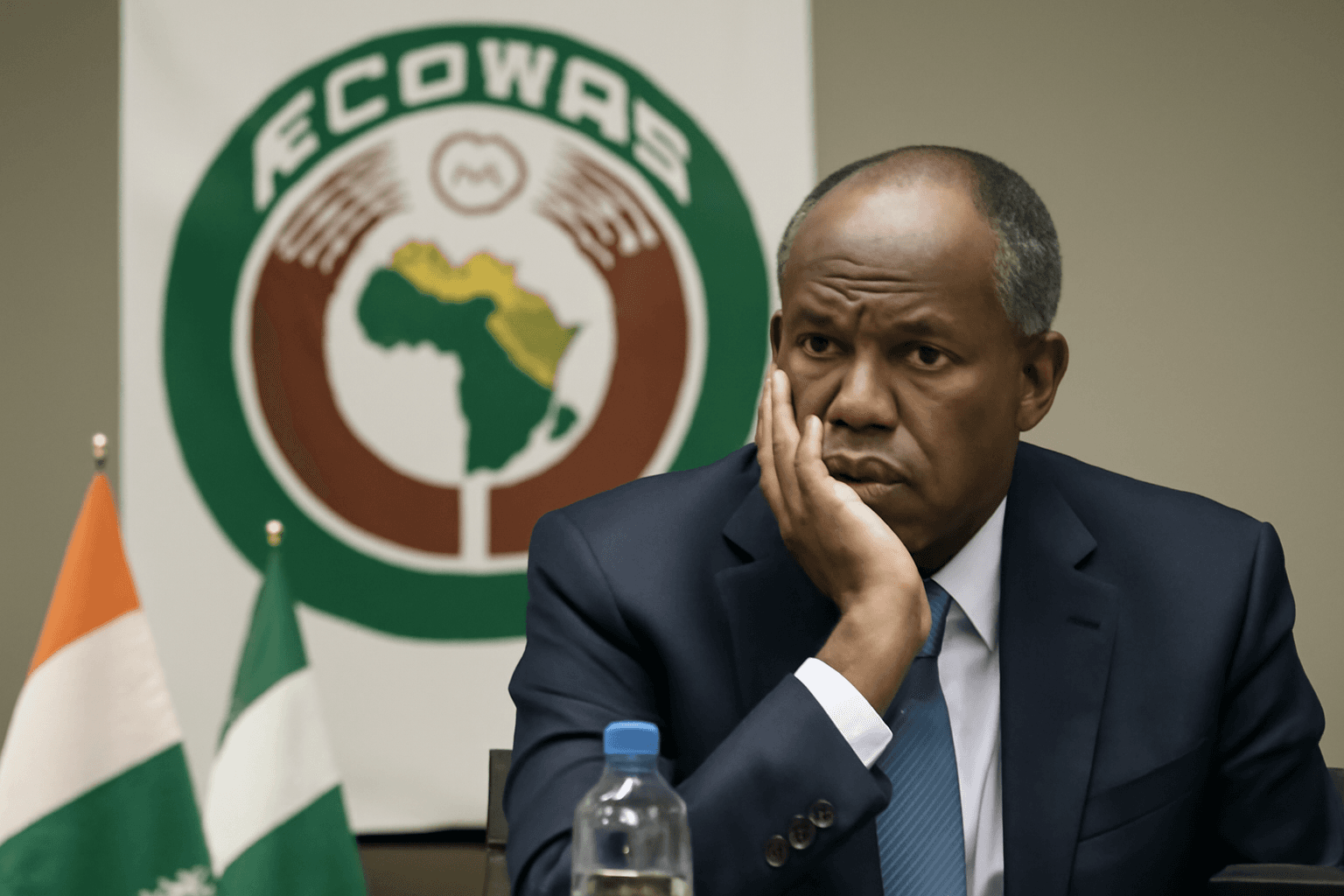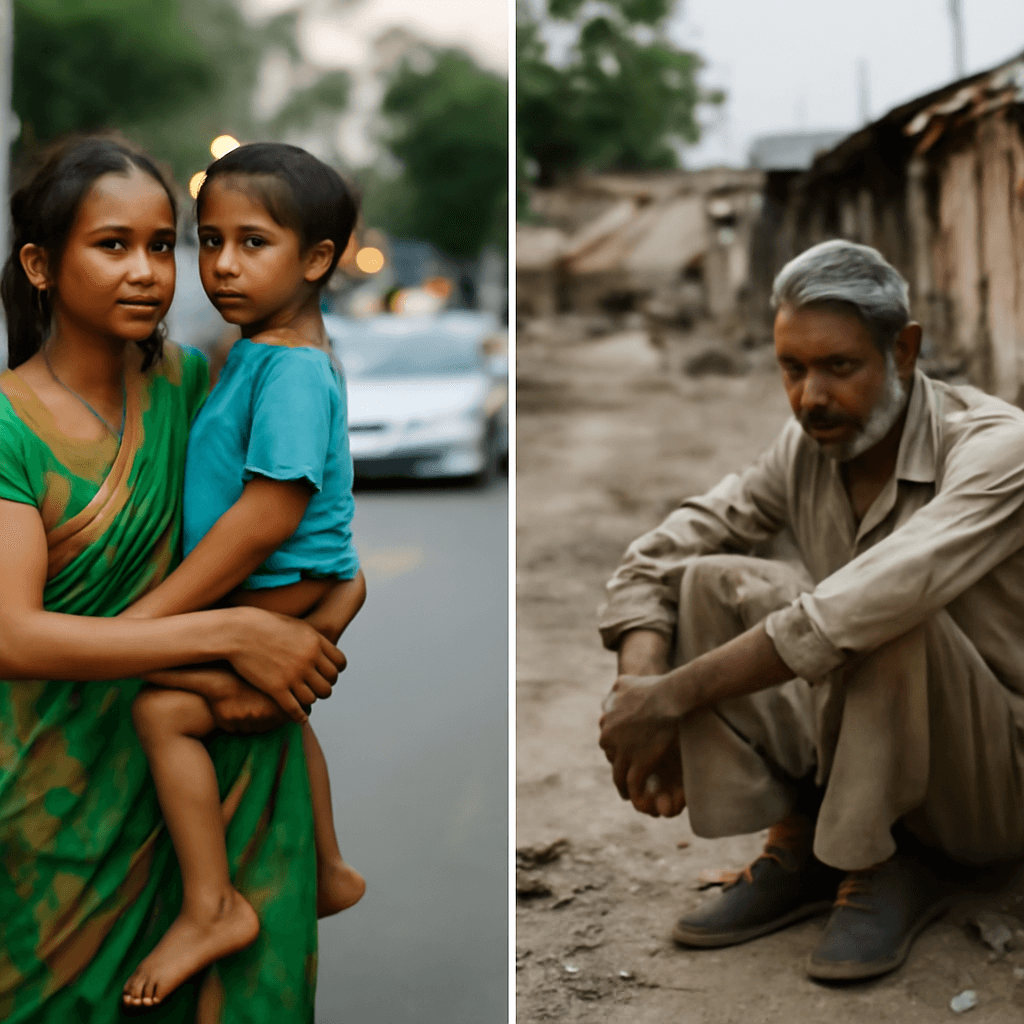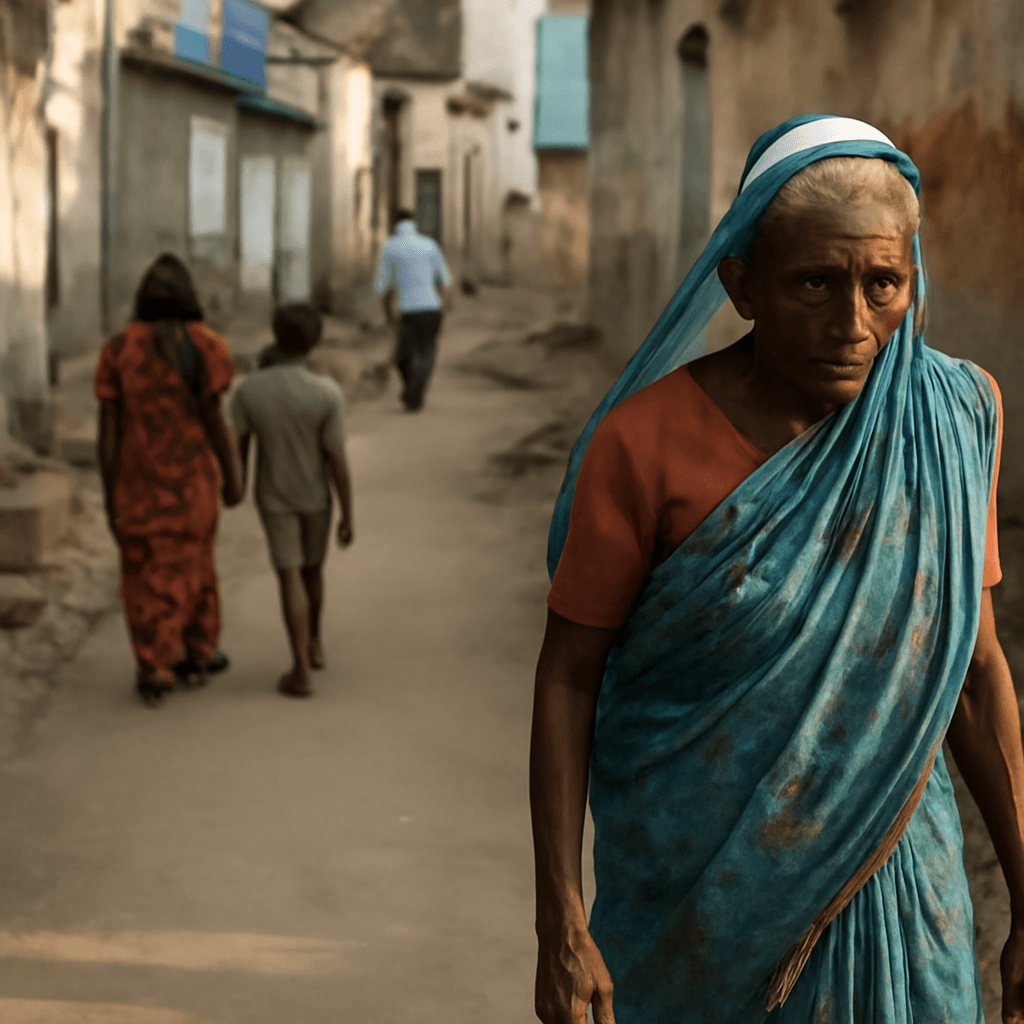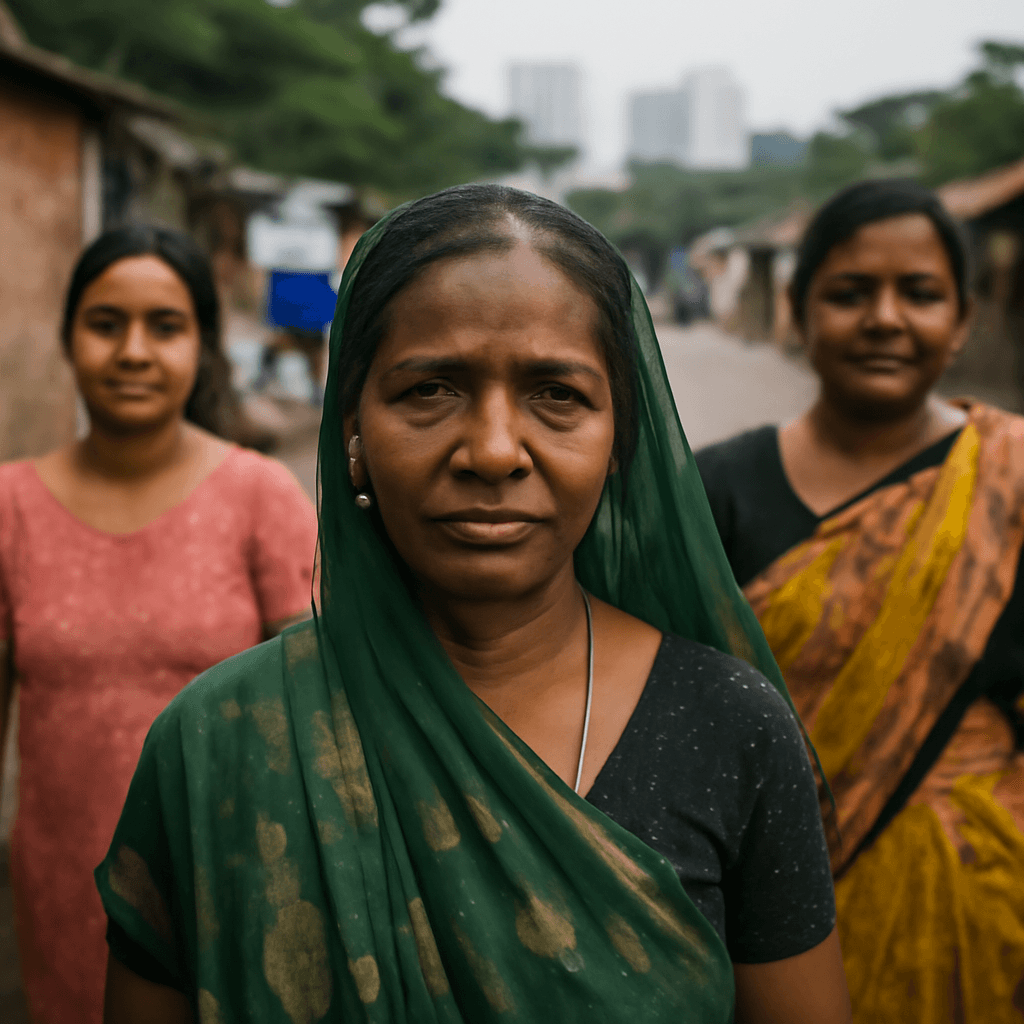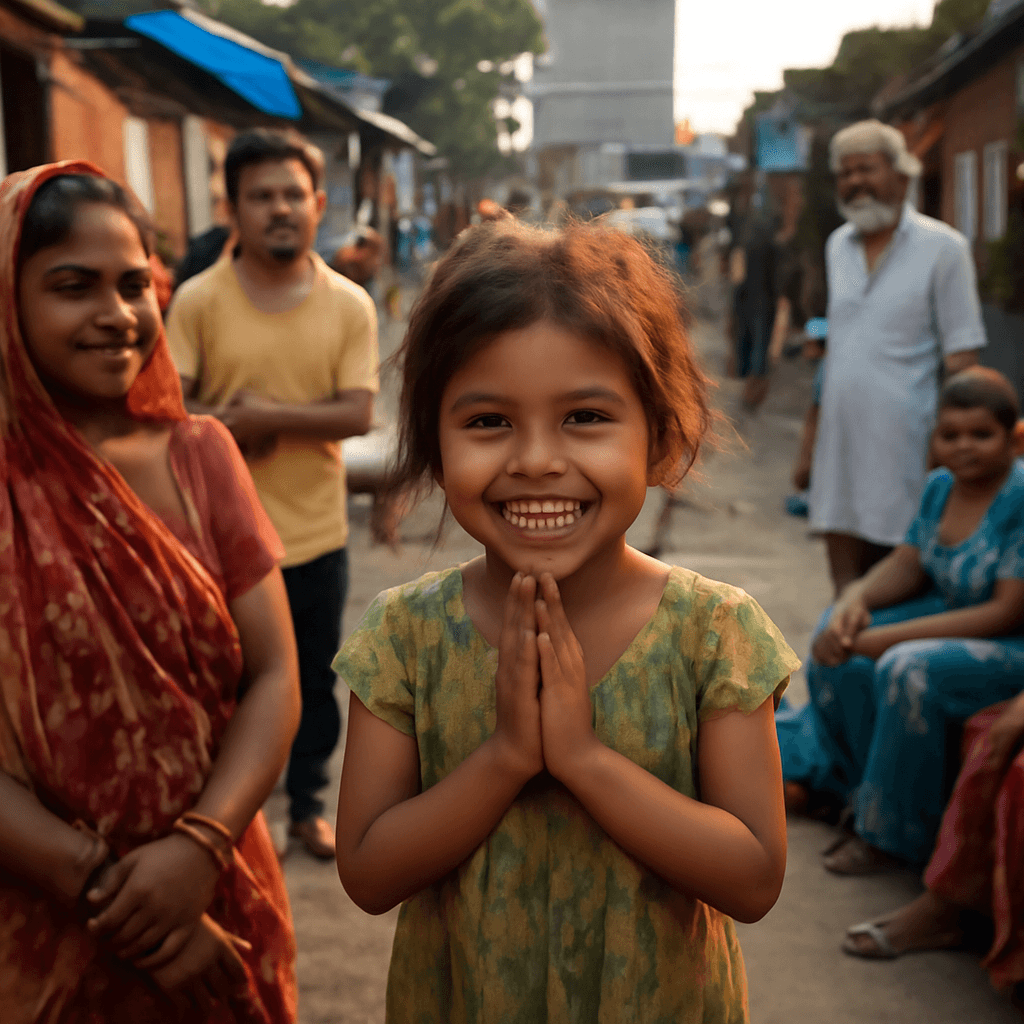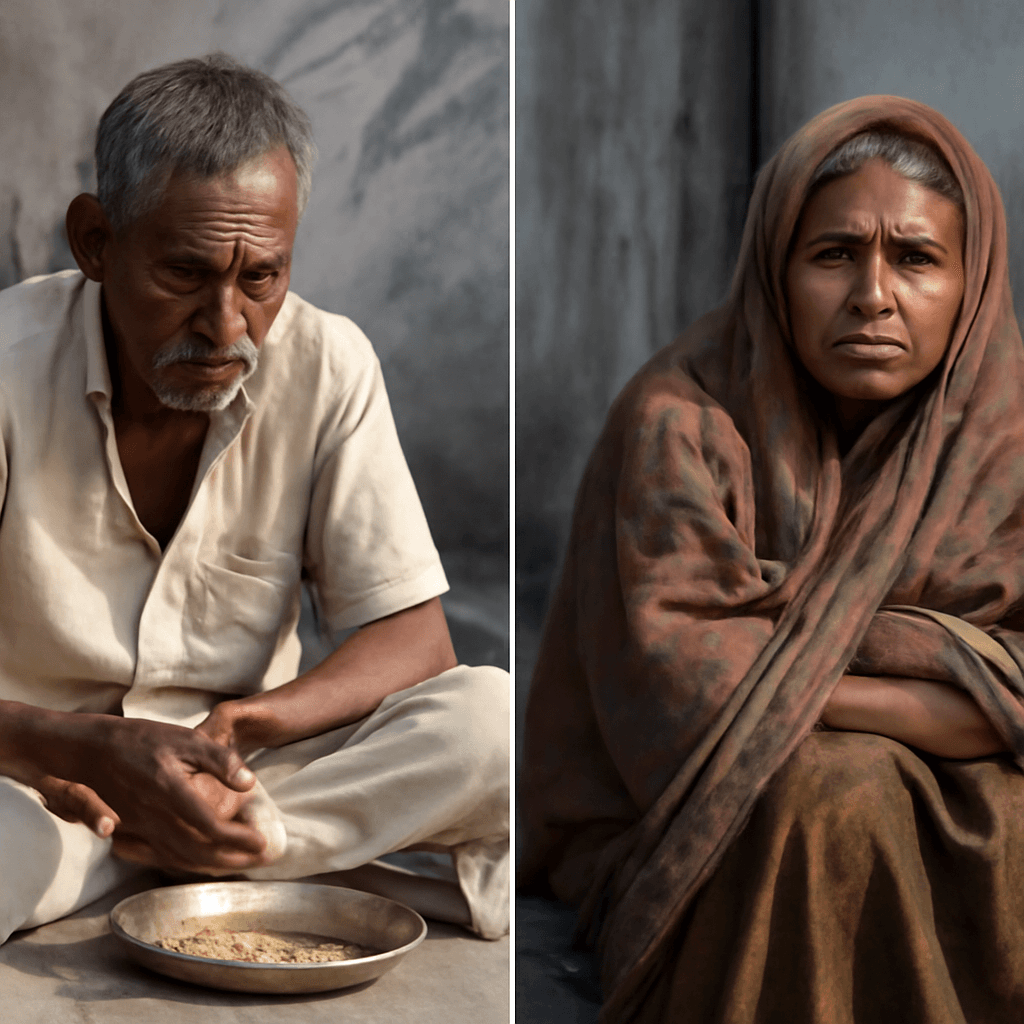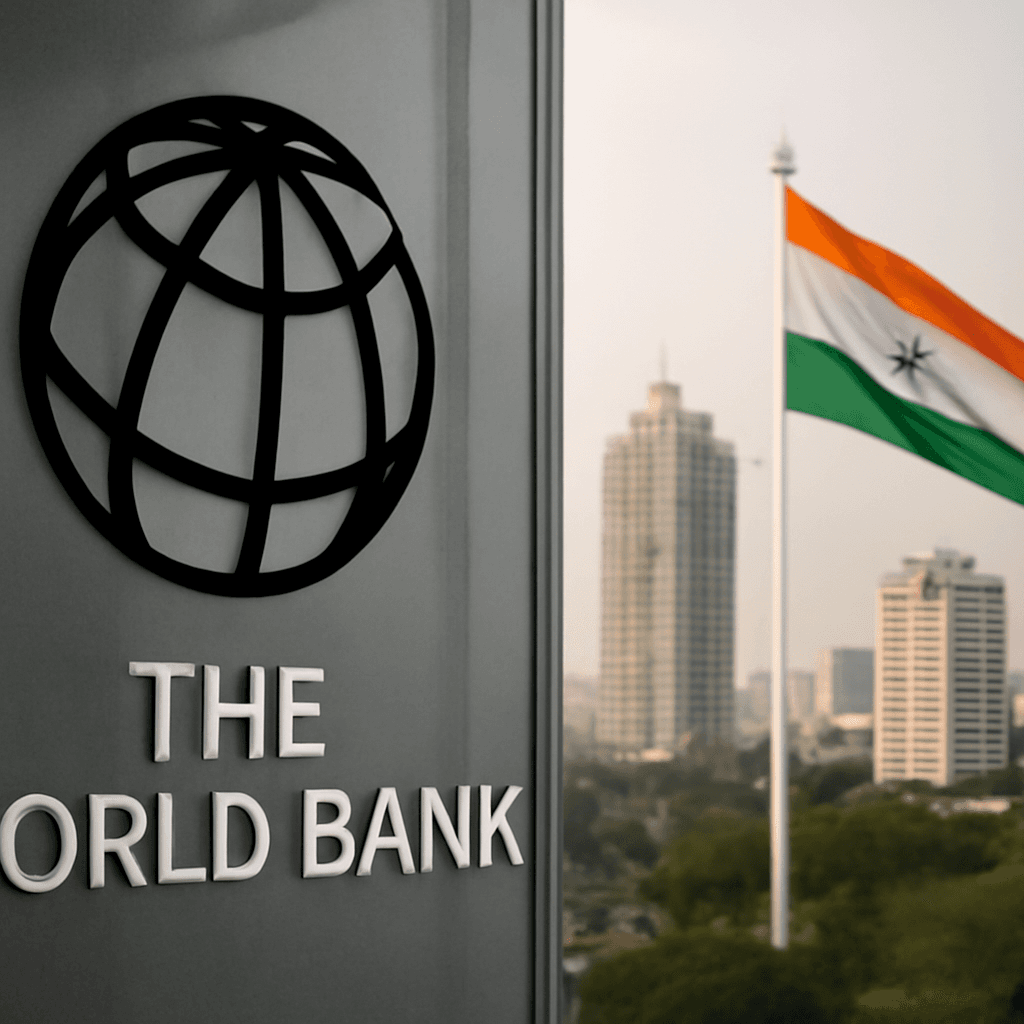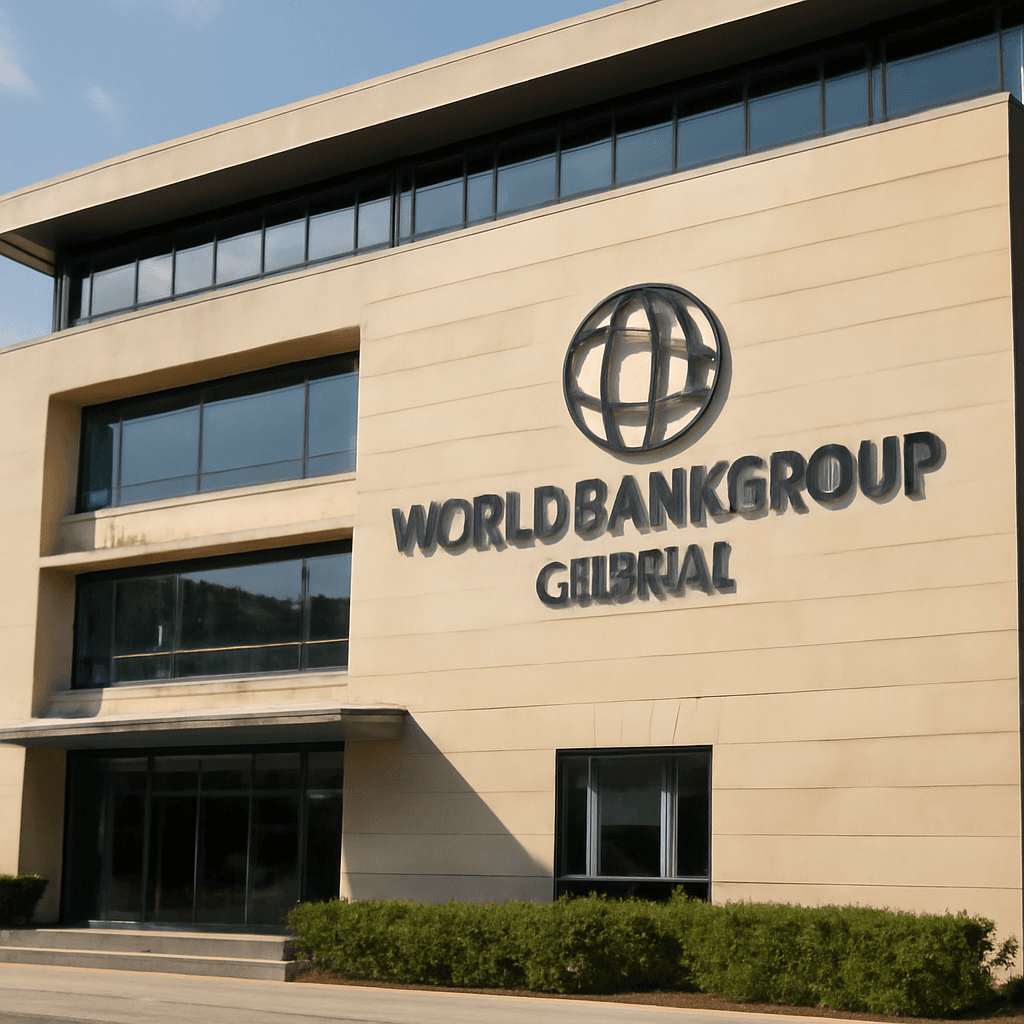Congress Questions Validity of World Bank's Poverty Data in India
On June 10, 2025, the Congress party voiced strong criticism against the central government for celebrating a drop in extreme poverty in India, as highlighted by a recent World Bank report. The World Bank stated that India's extreme poverty rate sharply declined from 27.1% in 2011-12 to 5.3% in 2022-23. However, Congress leaders argue that this impressive figure masks significant ground realities.
Opposition Highlights Concerns Over Poverty Threshold
Pawan Khera, head of Congress' media and publicity department, contended that the poverty line set at $3 per day (around ₹250) by the World Bank is insufficient for maintaining a dignified life. According to him, this figure only barely prevents starvation rather than ensuring a decent standard of living.
He further criticized the government's handling of key surveys and data, stating, "The 2022-23 Consumption Expenditure Survey, conducted after an 11-year gap, employed a revised methodology that makes direct comparisons with earlier data politically favorable yet statistically misleading. Earlier surveys, such as those from 2017-18, were reportedly suppressed to conceal the negative impacts of demonetization and GST, while the poverty impact during the COVID-19 pandemic was largely ignored."
Claims of Poverty Reduction Questioned
Khera accused the government of sidestepping parliamentary demands to define an official poverty line clearly. He argued that the claim of lifting over 25 crore people out of poverty rests on manipulated data. Citing data from the Centre for Monitoring Indian Economy (CMIE), he noted that approximately 621 million Indians (44%) still live in poverty.
He also pointed to concerning rankings in key global indexes: India stands at 105th on the Global Hunger Index, with 18.7% of children wasted and 35.5% stunted; ranks 118th on the World Happiness Report; and suffers a loss of over 30% in its Human Development Index score due to inequality.
"All this inconvenient data is being swept under the carpet," Khera said. "Meanwhile, inflation, unemployment, and the decline of public services continue to hurt the poor, while crony capitalism flourishes unchecked. This is truly a tale of two Indias—one left to suffer, the other to profit."
World Bank Revises Poverty Line but Highlights India's Progress
The World Bank recently adjusted the international poverty line from $2.15 (2017 PPP) to $3 (2021 PPP), accounting for inflation and updated purchasing power parity data. This raised the threshold by roughly 15% compared to previous measures.
According to their report, this revision increased the global count of people living in extreme poverty by 125 million. Notably, India emerged as a statistical exception with a significant decline in poverty levels despite the raised threshold. The number of Indians below the poverty line dropped from 34 crore in 2011-12 to 7.5 crore in 2022-23.
The World Bank attributed this trend to improved data sophistication and updated survey techniques. It emphasized India’s durable resistance to poverty growth despite economic challenges.
Ongoing Debate Over India’s Socioeconomic Realities
The contrasting interpretations of India’s poverty statistics highlight an enduring debate over the nation’s socioeconomic progress. While internationally recognized institutions report sharp gains, opposition voices bring attention to persistent inequalities and overlooked hardships. The divergence underscores the complexity of measuring poverty in a vast and diverse country.
As India continues its developmental journey, transparent data and inclusive policy discussions remain crucial to truly addressing the needs of its poorest citizens.

